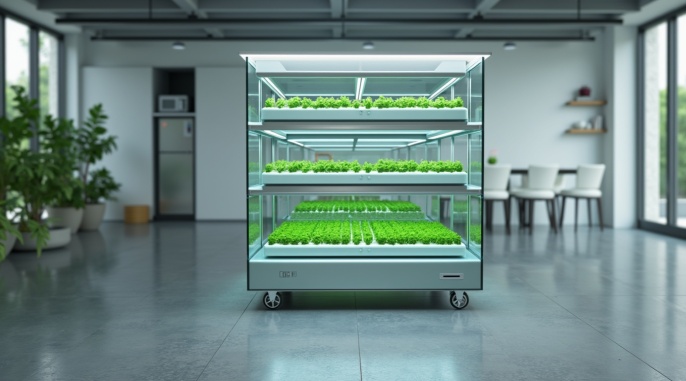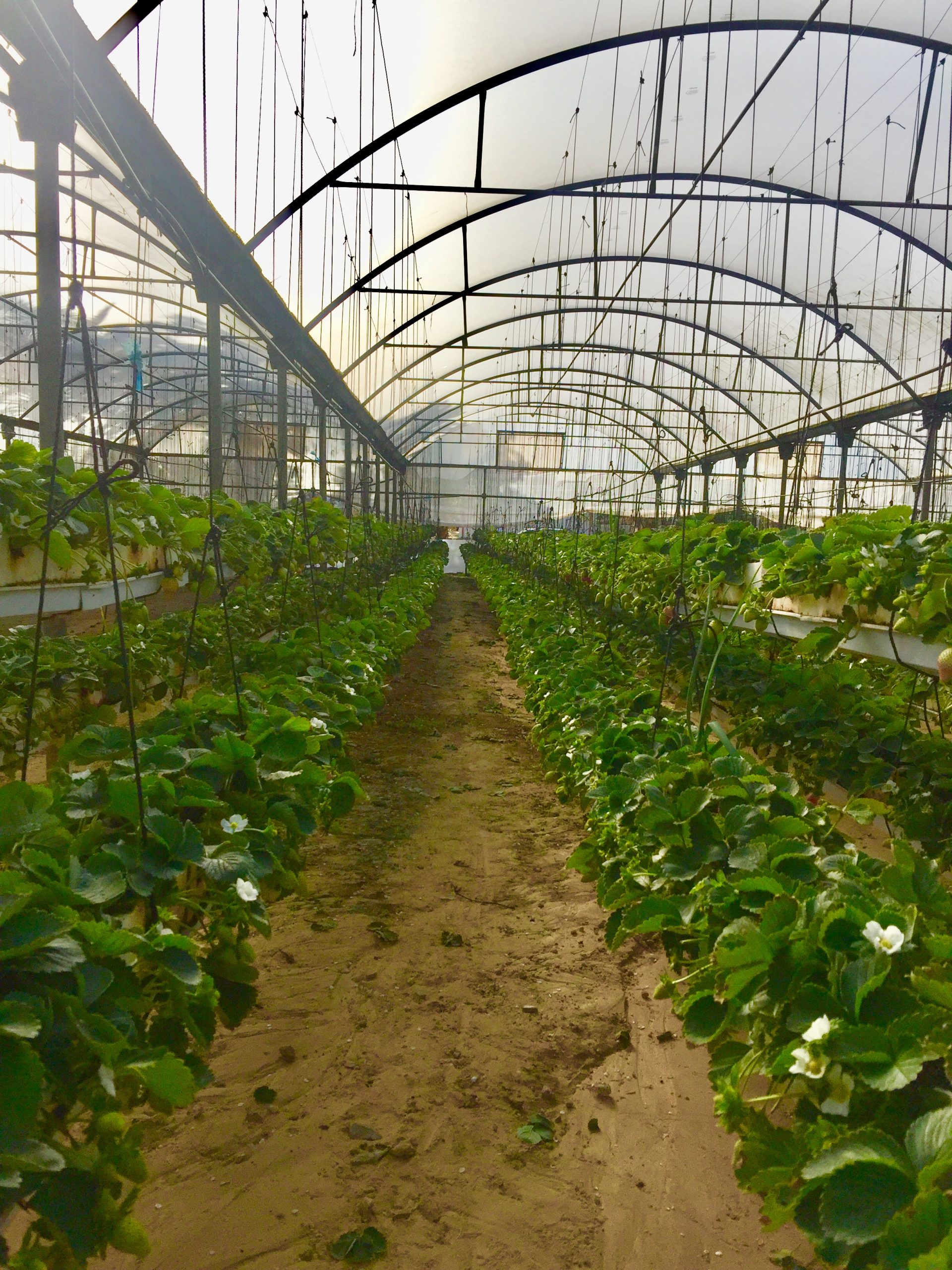In the face of climate change, water scarcity, and soil degradation, hydroponic and aeroponic farming systems have emerged as some of the most innovative solutions to overcome the challenges of traditional agriculture. Veranda For Green Solutions aims to enhance the concept of smart and sustainable agriculture by adopting these advanced systems that provide higher productivity, greater efficiency, and environmental sustainability.
Hydroponic and aeroponic systems are fundamental pillars in the transition toward soilless farming, representing a revolution in the way we think about food production. Through its expertise in designing modern agricultural systems, Veranda transforms these innovative concepts into successful, real-world applications across the Arab world.
What is Hydroponic Farming?
Hydroponics is a farming system that relies on water as the main medium for delivering nutrients to plants instead of soil. Plants are grown in pipes or containers filled with a nutrient-rich solution that provides all essential elements for growth.
Advantages of Hydroponic Farming:
- Water Efficiency: Uses up to 90% less water compared to traditional farming.
- Faster Growth: Plants absorb nutrients directly from water, leading to faster growth rates.
- Year-Round Production: Can be applied indoors or in controlled smart systems, enabling continuous farming regardless of climate.
- Clean and Healthy Growth: Eliminates soil-related pests and diseases.
Hydroponic systems are ideal for regions with poor soil or limited water resources and are a great choice for farmers seeking smart and sustainable farming methods.
What is Aeroponic Farming?
Aeroponics is a more advanced farming method that doesn’t use soil or submersion in water. Instead, plant roots are suspended in the air inside a closed chamber and misted with a nutrient solution at regular intervals.
Advantages of Aeroponic Farming:
- Even Greater Water Savings: Consumes up to 95% less water than traditional farming.
- Enhanced Growth Quality: Roots receive a perfect balance of oxygen and nutrients.
- Vertical Farming Potential: Systems can be built vertically, maximizing space efficiency.
- Complete Environmental Control: Temperature, humidity, and lighting can all be precisely monitored.
Although aeroponic systems are more complex and costly, they are the best choice for projects seeking high-quality production in limited spaces.
Key Differences Between Hydroponic and Aeroponic Systems
| Aspect | Hydroponics | Aeroponics |
| Nutrient Delivery | Roots are submerged in a nutrient solution | Roots are misted with nutrients in the air |
| Water Consumption | Uses 90% less water than traditional farming | Uses 95% less water than traditional farming |
| Growth Rate | Fast and stable | Faster and more efficient |
| Cost | Moderate | Higher but more productive |
| Maintenance | Medium | Requires precise monitoring |
| Space Usage | Typically horizontal | Can be built vertically |
Both systems form the foundation of smart and sustainable agriculture, and the choice between them depends on project goals, available budget, and space constraints.
How Veranda Implements Smart Agricultural Solutions
At Veranda For Green Solutions, we develop integrated hydroponic and aeroponic systems using AI and the Internet of Things (IoT) to monitor every stage of plant growth. These systems include sensors that track pH levels, humidity, and nutrient ratios in real time.
Veranda also uses renewable energy to power agricultural systems, reducing carbon emissions and making operations more sustainable. We believe that the future of agriculture in the Arab world must be smart, sustainable, and adaptable to environmental challenges.
Through our expertise, Veranda offers:
- The design of complete soilless farming projects.
- Training for farmers and entrepreneurs to operate modern systems.
- Environmental and agricultural consulting for optimal farm performance.
How Hydroponic and Aeroponic Systems Support Smart Agriculture in the Arab World
These systems play a vital role in achieving food security and reducing dependence on traditional farmland. With limited water resources and shrinking agricultural areas, soilless farming has become a realistic solution for the future.
At Veranda For Green Solutions, we promote awareness and implement these technologies in urban farms and smart cities, proving that modern agriculture can be economical, environmentally friendly, and aesthetically integrated.
Through our projects, we empower individuals and organizations to adopt hydroponic and aeroponic techniques as sustainable farming models that align with the goals of agricultural sustainability in the Arab region.
Smart Agriculture: The Green Future We Are Building Today
The future of farming depends on our ability to merge technology with nature. At Veranda Green Solutions, we see hydroponic and aeroponic farming not just as production methods but as a sustainable lifestyle that respects the environment and restores balance between people and the planet.
Our goal is to lead the transition toward smart agriculture in the Arab world through projects that reflect our commitment to innovation and environmental responsibility.
Conclusion
In a rapidly changing world, hydroponic and aeroponic farming represent the ideal solutions for building a more sustainable agricultural future. At Veranda For Green Solutions, we combine expertise and technology to help you start your smart farming project with confidence and professionalism.
Ready to begin your journey into smart farming? Contact us today to explore our hydroponic and aeroponic solutions, and let the Veranda team design a project that meets your goals and supports environmental and economic sustainability.



